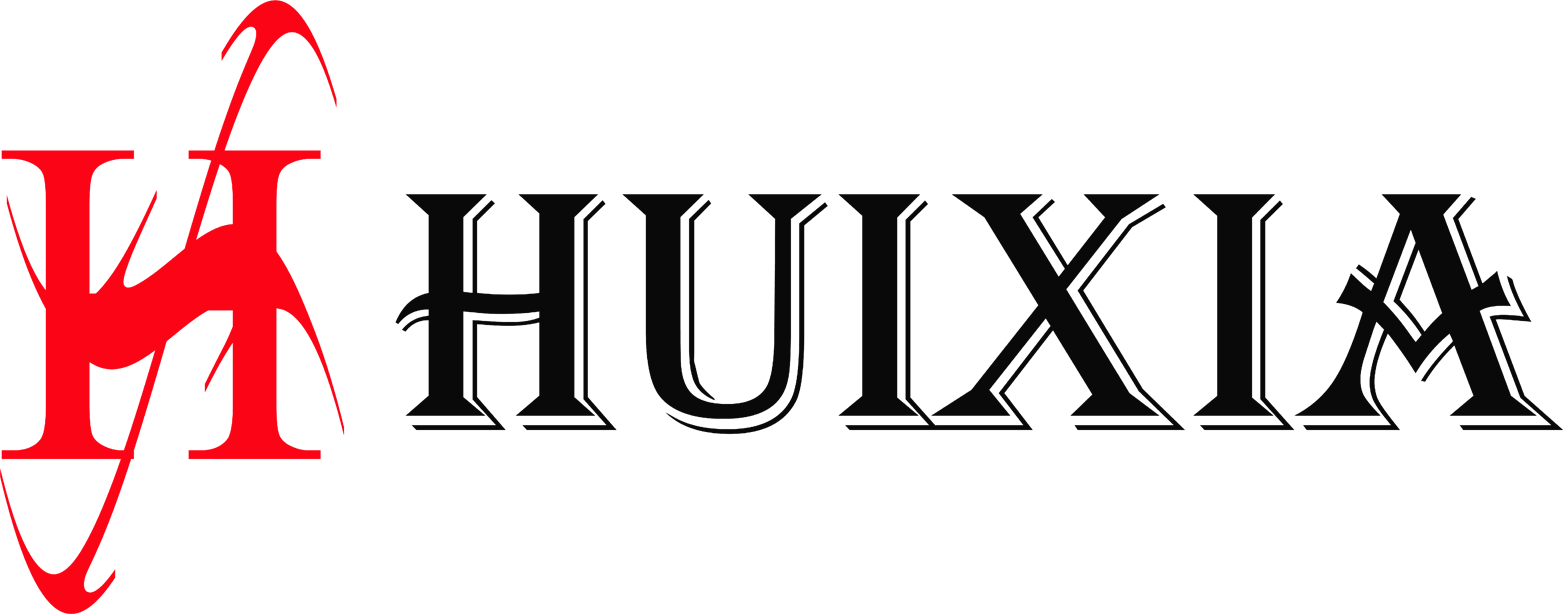The workflows of 3D printing and CNC
The workflows of 3D printing and CNC, at the highest level, are the same. Following part design (in CAD) there is a programming step where the instructions for the machine’s operations are defined. Next, the machine is prepared for the job and the part is then manufactured. Upon completion, secondary processes are performed.
The execution of these workflows, however, are quite different both in terms of time, labor and effort(complexity) which directly affects lead time and cost.
Design (CAD)
Both 3D printing and CNC use a 3-dimensional design definition that is completed in CAD. The requirements for the CAD data are common between them so the time and labor cost are comparable.
Note that this assumes that detailed engineering drawings are not required to provide a CAM programmer information needed to complete the project. The other assumption is that the CAD data is machinable as-is. If engineering is needed to document the part or to make it machinable,additional time will be necessary for CNC.
Complexity –What is it?
“Complexity is free with 3D printing” is a common statement. But what does that really mean? Simply stated, complexity relates to the design elements that increase time and cost with CNC milling. For example:
• High feature count
− Numerous pockets, holes, ribs, andbosses
• Difficult features
− Undercuts and deep, narrow channels
• Multiple feature axes
− Holes and bosses with centerlines offof the primary (XYZ) axes
• Multi-part assemblies
− Consolidated assembly components builtin a single job
• Hollow parts
− Lightweighting by making an internal honeycomb structure Above just some example .
